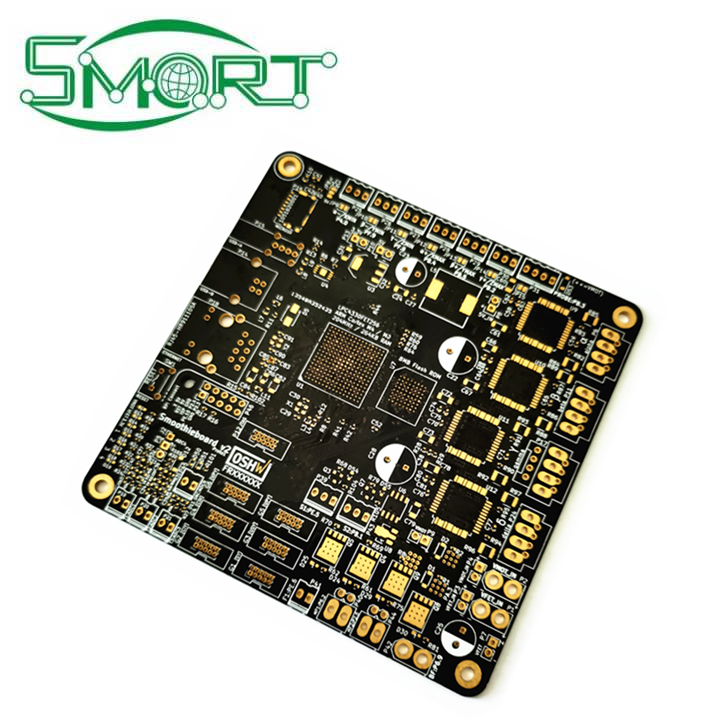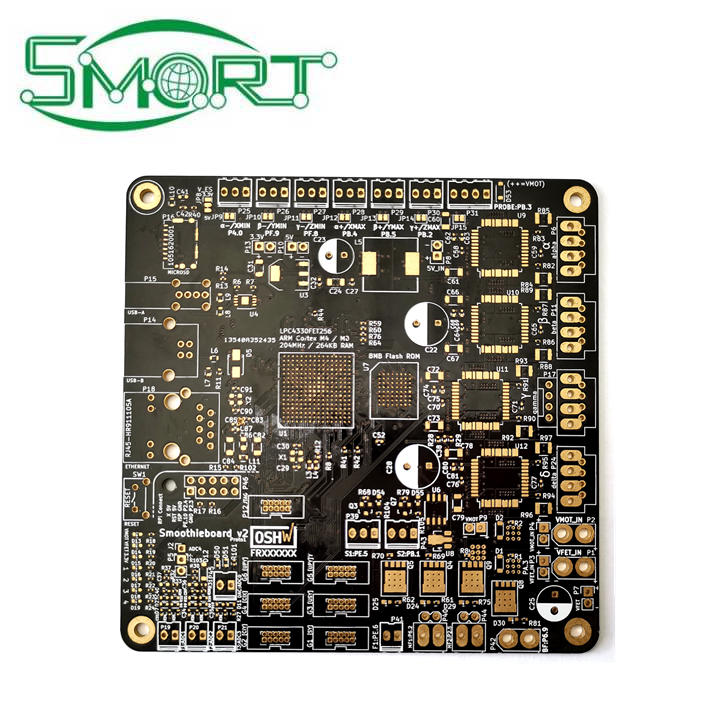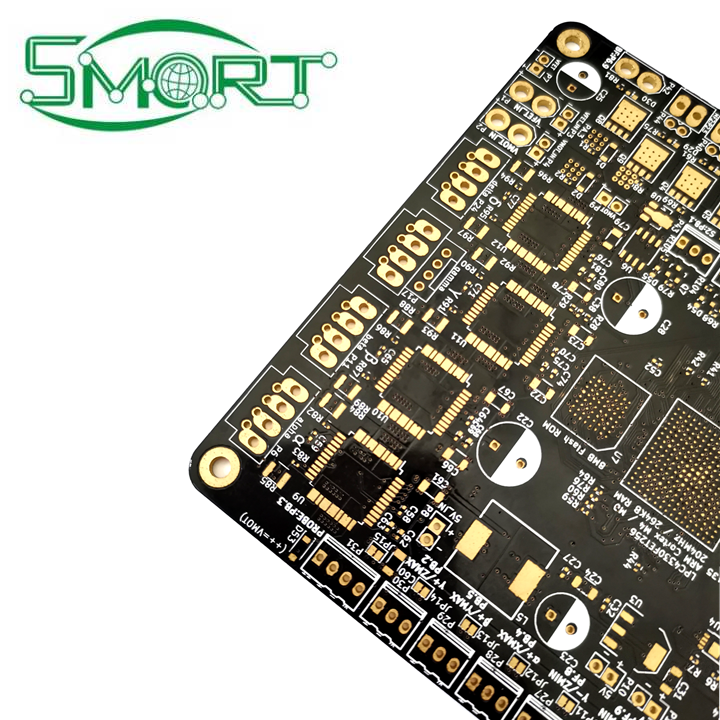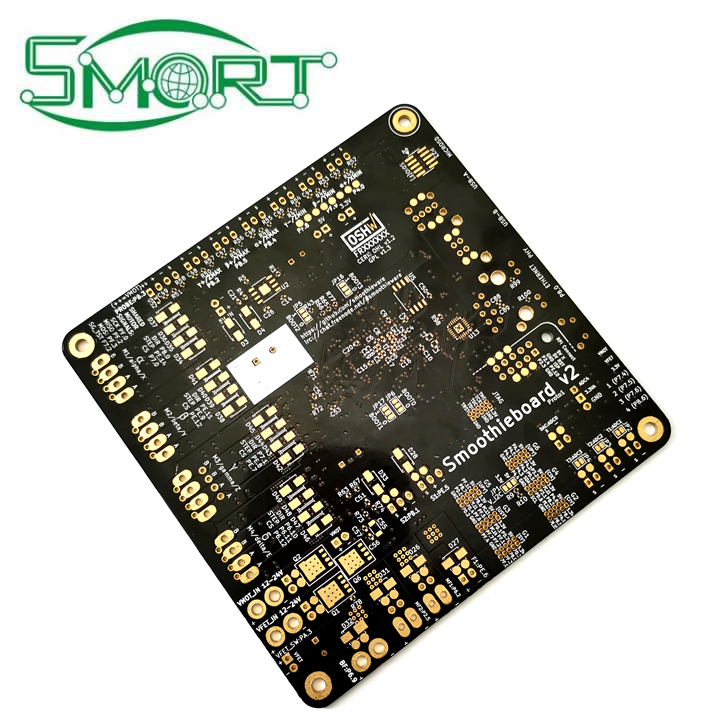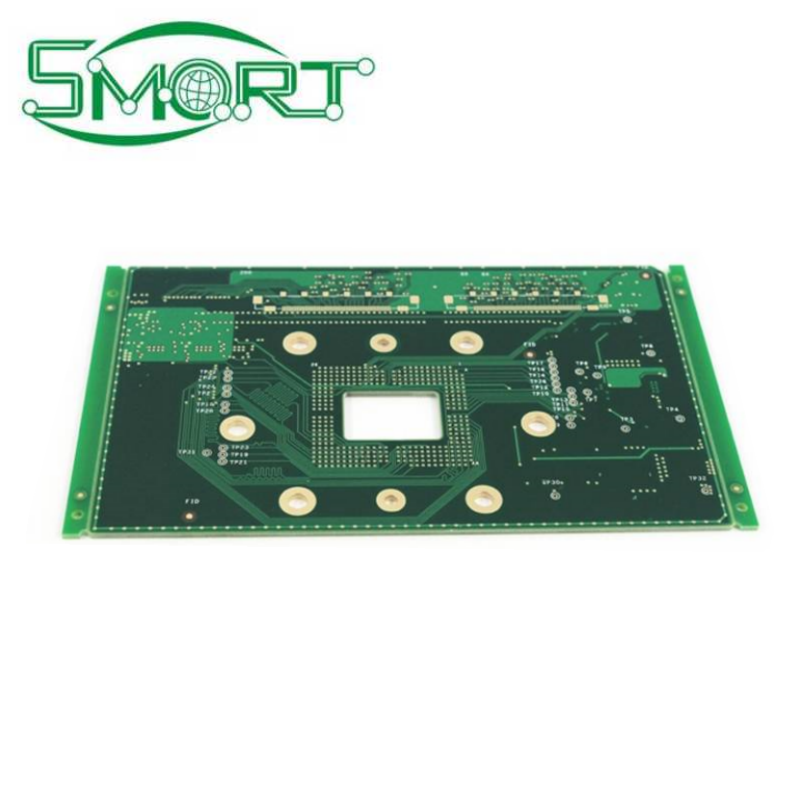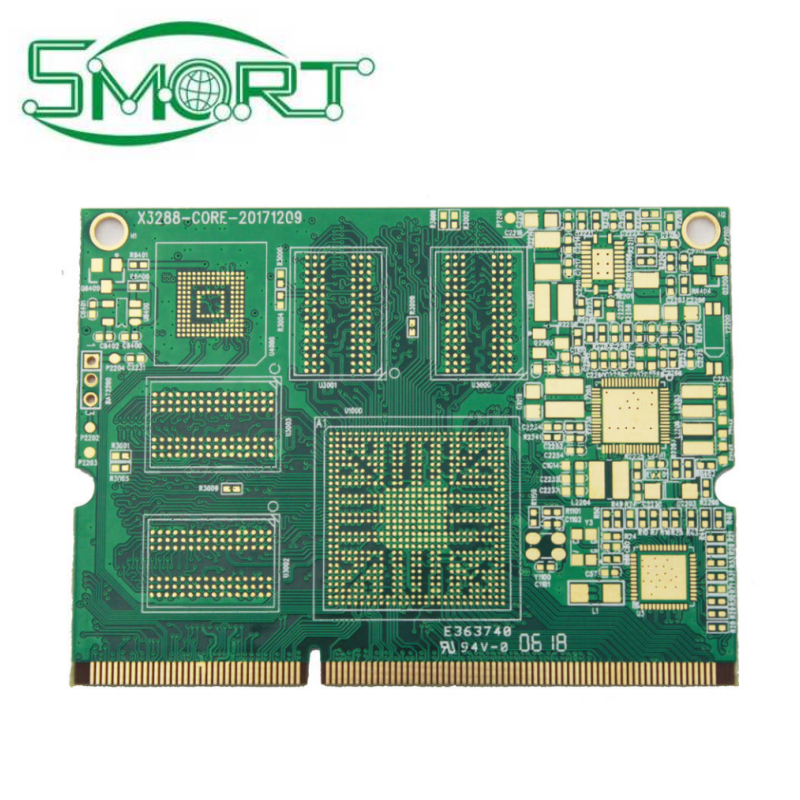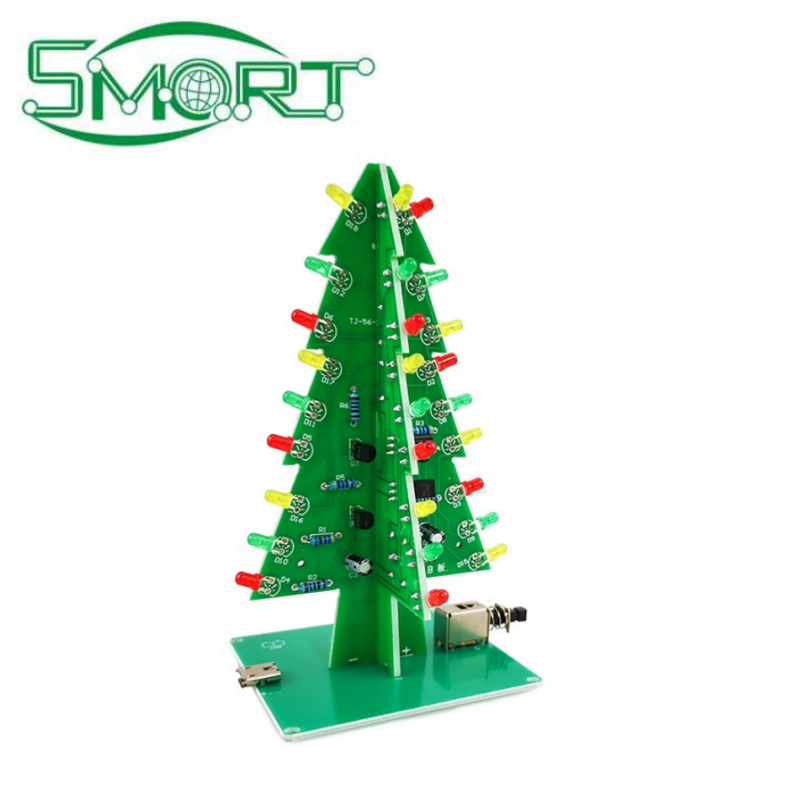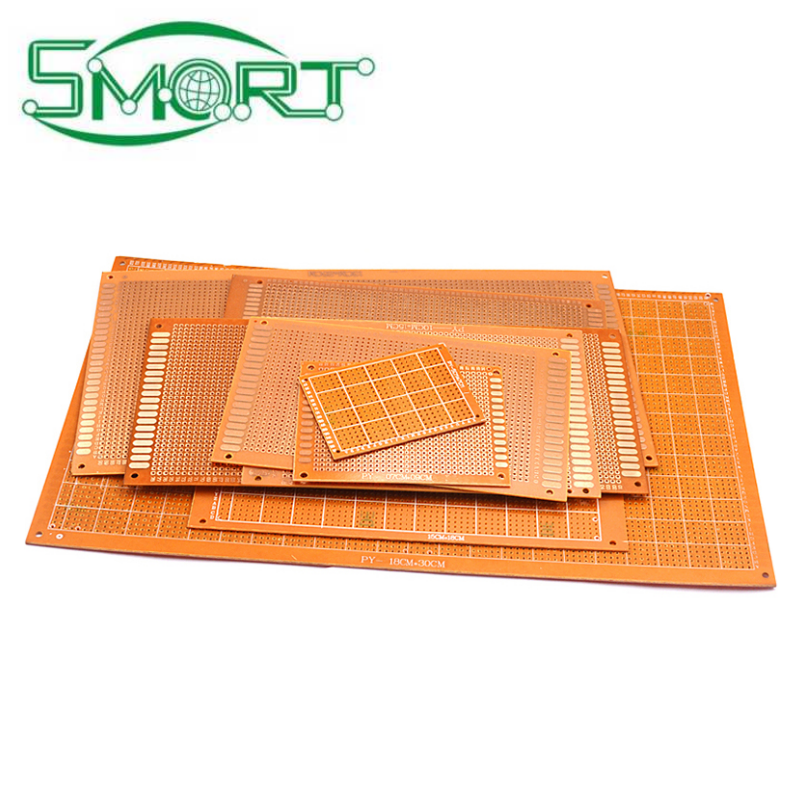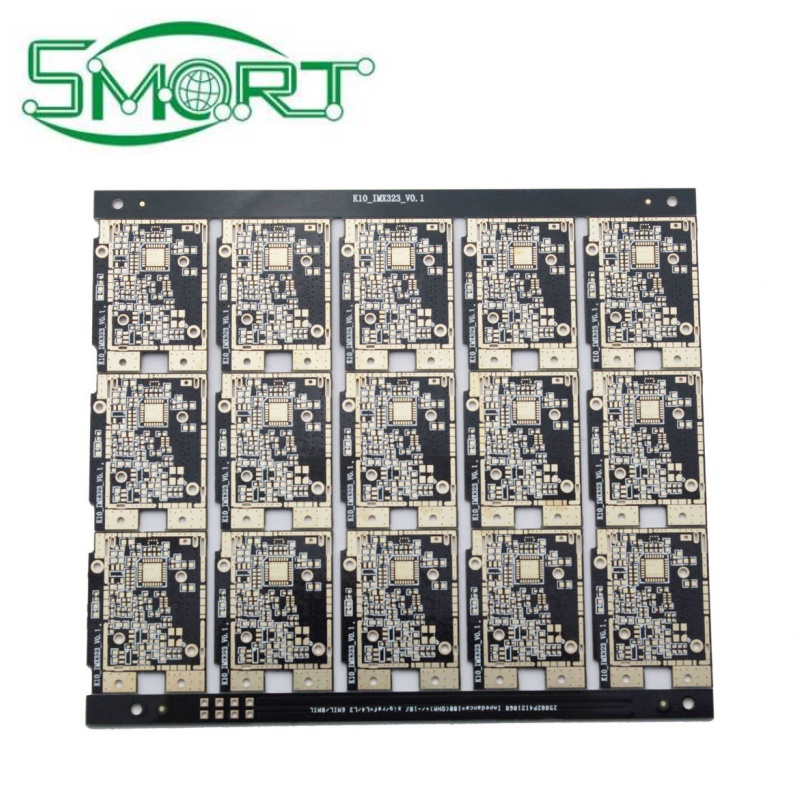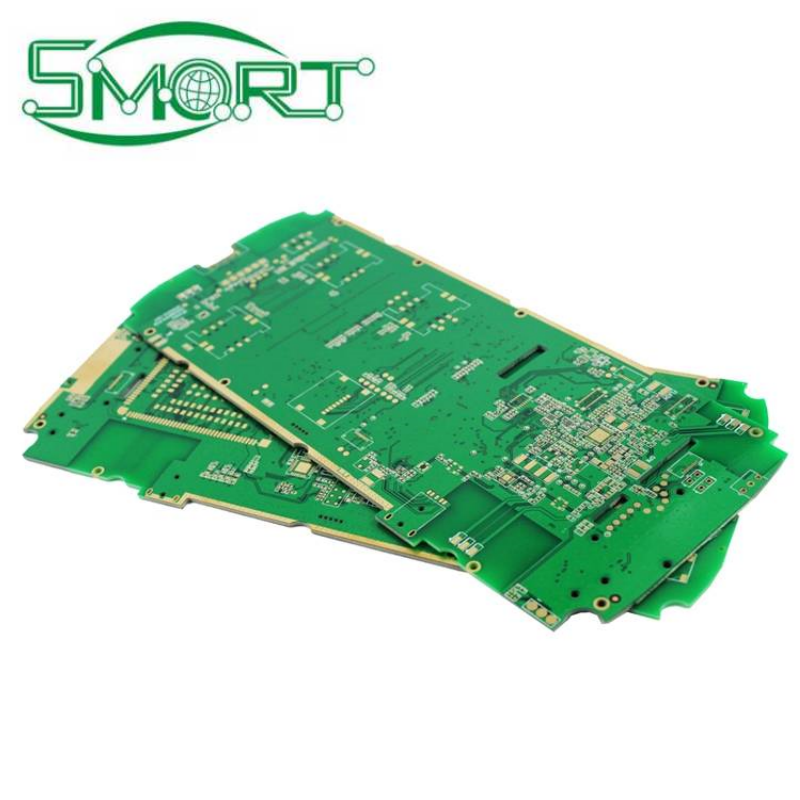
Printed circuit boards (PCBs) come in various configurations, and 2-layer, 4-layer, 6-layer, and 8-layer PCBs are commonly
used in different applications.
2-Layer PCBA 2-layer PCB consists of two layers of conductive material separated by an insulating layer. The top and bottom layers are
typically used for routing electrical signals. These PCBs are relatively simple and cost-effective, making them suitable for
many basic electronic devices. They are often used in applications where space is limited and the complexity of the circuit
is not too high. For example, small consumer electronics like calculators and basic LED flashlights may use 2-layer PCBs.
4-Layer PCBA 4-layer PCB adds two internal layers to the structure. This allows for more complex routing and better isolation between
different signal paths. The internal layers can be used for power distribution and ground planes, reducing electrical noise
and improving signal integrity. 4-layer PCBs are commonly used in medium-complexity electronic devices such as industrial
controllers, some communication equipment, and consumer electronics with more advanced features. They offer better
performance and reliability compared to 2-layer PCBs.
6-Layer PCBA 6-layer PCB provides even more routing options and increased functionality. With four signal layers and two power/ground
planes, it can handle more complex circuits and higher frequencies. These PCBs are often used in high-performance applications
such as advanced medical devices, aerospace electronics, and high-speed data communication systems. The additional layers
allow for better separation of different signal types and improved thermal management.
8-Layer PCBAn 8-layer PCB is a highly complex and advanced PCB configuration. It typically consists of six signal layers and two power/
ground planes. This allows for extremely complex circuit designs with very high component density. 8-layer PCBs are used
in applications where space is at a premium and performance is critical, such as high-end servers, sophisticated telecommunications
equipment, and complex industrial automation systems. They offer excellent signal integrity, low electrical noise, and high reliability,
but they also come with a higher cost and more complex manufacturing process.

